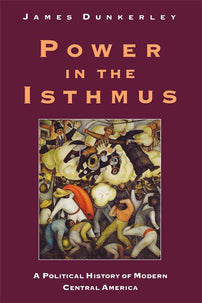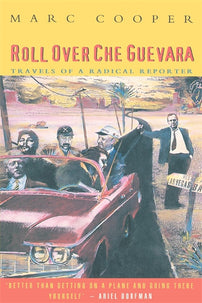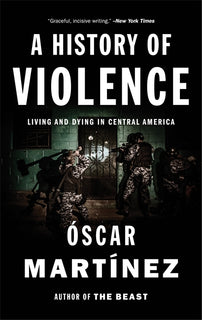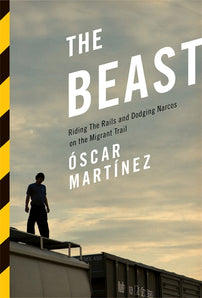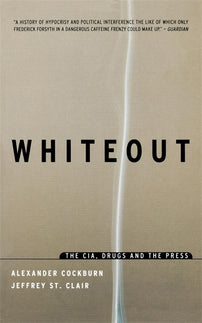The Battle For the Future of Nicaragua
As the Ortega–Murillo government begins to fall in Nicaragua, three forces are competing for counter-hegemony.

First posted to Facebook.
The battle for how the Ortega–Murillo regime will fall is now underway in Nicaragua, even as much of the international “left” clings on to the pitiful illusion that somehow the crisis is a plot hatched in Washington to destabilize a revolution.
In very simplified terms, there are three forces now in dispute:
The first is the regime itself. Ortega is said to be hunkered down in his house-fortress in El Carmen, not unlike how Somoza hunkered down in his bunker in the final months of the mass insurrection that overthrew him in July 1979. Ortega is isolated and boxed into a corner. He can still count on a small but not insignificant base of support among those Sandinistas that have not abandoned the party over the past two decades, and even though there has been a further exodus from the party of historical militants since the repression was unleashed in April.
But more significantly, the regime counts on paramilitary forces it has armed and organized and that work as a shadow force alongside the police, and it would appear, some elements of the army (although the latter to date has remained largely uninvolved). If these paramilitary forces are not disarmed Nicaragua will face a similar situation as the Northern Triangle countries (Guatemala, Honduras, El Salvador) of organized crime, gang and paramilitary violence alongside the corruption of those who control the state and the plunder of transnational capital. An exodus of Nicaraguans out of the country has already begun.
The regime’s strategy is to wear out and disarticulate the grassroots resistance through continuous repression and at the same time to negotiate with the bourgeoisie and the United States a so-called “soft landing” that allows the regime and its adepts to preserve their economic interests and even to reconstitute itself politically and compete in elections that would be moved up from 2022 to early next year. However, the bottom line here is that the regime has lost its legitimacy and that legitimacy cannot be restored.
The second are the students, youth, anti-canal campesinos, and the mass of impoverished people from the popular classes who for the most part scratch out a living in Nicaragua’s bloated informal sector and who swell the popular barrios of Managua and other cities. They initiated the uprising, catching the regime and the bourgeoisie off guard. But it is one thing to launch resistance and another to construct a counter-hegemony. Unfortunately, Orteguismo has so monopolized and disfigured a “leftist” discourse that there is no significant left alternative in Nicaragua. These popular sectors from below have no project of their own to put forward as a viable alternative to replace the regime. This opens up the popular resistance to manipulation or cooptation by the third force.
This third force is the bourgeoisie, organized in the Superior Council of Private Enterprise (COSEP), the oligarchic elite, transnational capital, and the United States. The bourgeoisie has been closely aligned with the regime and only broke with Ortega in May when it became clear that the regime had lost its legitimacy and capacity to govern and to defend capitalist interests. What Washington and the bourgeoisie most fear is not the regime. Rather, they are terrified of an uprising by the masses of poor and working people that they cannot control and that could lead to a vacuum of power that could threaten their class interests.
Since May the bourgeoisie, in coordination with Washington, has attempted to hijack the popular uprising into the “soft landing strategy” under its hegemony. The popular resistance has had to continuously pressure the bourgeoisie to support strikes and marches. At this time the crucial battle is being waged over who will exercise leadership and hegemony over the uprising and under what kind of a post-Ortega scenario will unfold.
The pitfall of the lack of a clear popular project in Nicaragua and grassroots leftist organizations to develop that project is confounded many times over by the betrayal of the “Left,” precisely at a time when global capitalism is in deep structural crisis and 21st century fascism is on the rise around the world.
William I. Robinson is professor of sociology at the University of California at Santa Barbara. The author worked in Managua with the Nicaragua News Agency and the Nicaragua Foreign Ministry in the 1980s and was affiliated faculty with the Central American University in Managua until 2001. His most recent book is Global Capitalism and the Crisis of Humanity.
[book-strip index="1" style="display"]